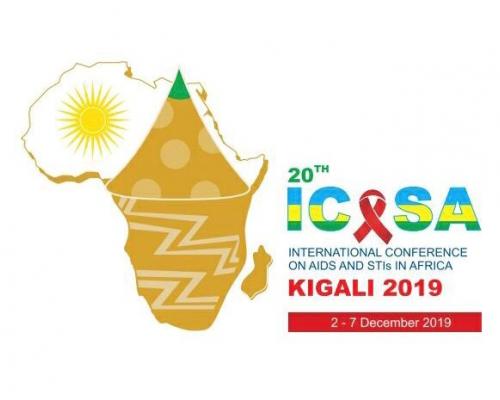Symptoms manifest between eight and 25 days after infection, and are typically flu-like: they include headaches, fever, shivering, joint pain, vomiting, jaundice, retinal damage and convulsions. Paroxysm – feeling suddenly cold and uncontrollable shivering followed by fever and sweating – is extremely common.
People with severe malaria – usually caused by P. falciparum – display symptoms such as abnormal posture, inability to turn the eyes in the same direction, seizures, or even falling into a coma. If malaria is not treated quickly, it can progress to severe illness, often leading to multiple organ failure in adults, or even death. Malaria in pregnant women can cause stillbirths, infant mortality, and low birth weight.
The best way to fight malaria is to prevent infection in the first place. WHO recommends that all people living in malaria transmission areas practise protection against malaria. Two common methods are: using insecticide-treated mosquito nets and indoor spraying. By forming a physical barrier between mosquitos and humans, nets are a simple and effective means of preventing infection, particularly if people sleep underneath one, as mosquitos emerge to feed at dawn and dusk. More people in Africa are benefiting from insecticide-treated nets. Today, more than half of people at risk from malaria sleep under these nets, whereas in 2010 only 29% of those at risk did so.
Fumigating homes on an annual or semi-annual basis can also rapidly reduce malaria transmission. However, this method is not widely used in many sub-Saharan countries. This is because mosquitos are increasingly resistant to earlier, less expensive forms of insecticide, and for some people, the newer, more effective forms are prohibitively expensive.
Medicines can also be used for the prevention of malaria, especially for particularly at-risk population groups. These at-risk groups include young children, pregnant women, and travellers from malaria-free parts of the world who might not have built up any residual immunity. WHO recommends that pregnant women in areas of Africa with moderate and high malaria transmission rates take an anti-malarial medicine like sulfadoxine-pyrimethamine. More vulnerable people are receiving this potentially life-saving treatment in Africa each year. Across the 33 African countries which had been carrying out this treatment, an estimated 22% of eligible pregnant women received the recommended three or more doses, compared with 17% in 2015 and 0% in 2010.
Malaria can also be prevented by using seasonal malaria chemoprevention. In 2017, a total of 15.7 million children in 12 countries in Africa’s Sahel region were protected through seasonal malaria chemoprevention (SMC) programmes. However, about 13.6 million children who could have benefited from this intervention were not covered, mainly due to lack of funding.
When malaria infection does occur, it is important that it be quickly diagnosed and treated. This means that a mild case can be stopped from developing into something more dangerous, even fatal, and it can also prevent malaria from spreading further. WHO recommends taking four key steps for the effective diagnosis and treatment of malaria:
- First, the patient with suspected malaria should have it confirmed either using microscopy or a rapid diagnostic test (RDT);
- Next, simple infections should be treated with fast-acting artemisinin-based combination therapy (ACT);
- In areas with low malaria rates, a single dose of primaquine should be added to this treatment to reduce the chance of malaria spreading further;
- Severe cases of malaria should be treated with injectable artesunate for at least 24 hours. Once the patient can take oral medicines, they should complete a three-day course of artemisinin-based combination therapy.


